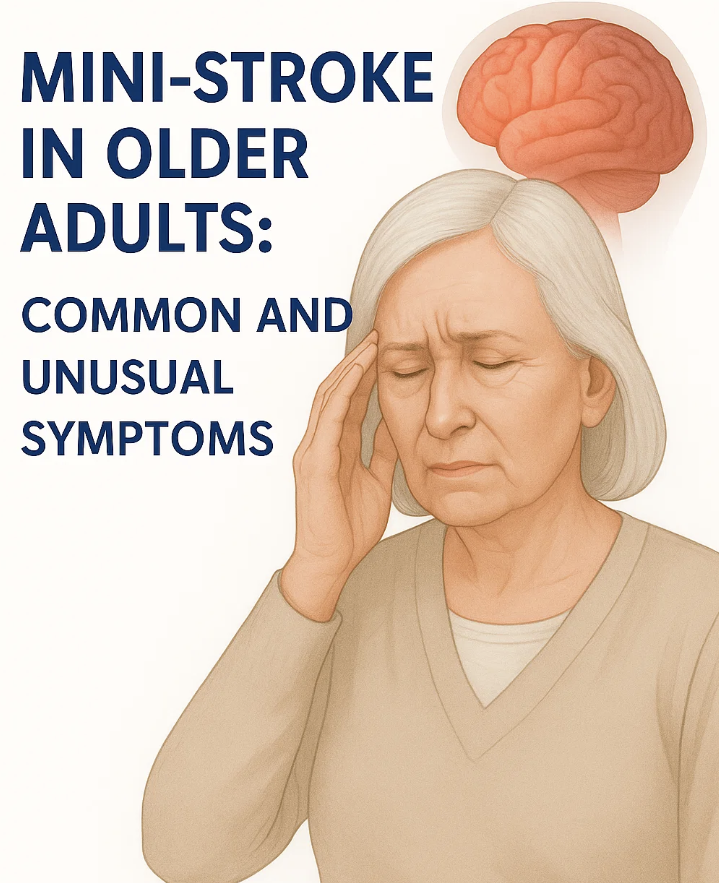ADVERTISEMENT
5 Critical Health Signals: Recognizing a Mini-Stroke in Seniors
Mini-strokes, also known as transient ischemic attacks (TIAs), are a serious warning sign that a major stroke could be on the horizon. Although these events are often temporary, their symptoms should never be ignored. Being able to recognize these subtle health signals in older adults is crucial for prevention and can make a world of difference in their long-term health. Here are five key symptoms that could indicate a TIA.
1. Sudden Weakness or Numbness
One of the most common signs of a mini-stroke is a sudden, unexplained loss of strength or sensation on one side of the body. This can manifest as weakness in one leg or arm, or a droop on one side of the face. A person might find they can’t lift an arm, or their smile appears asymmetrical. This kind of weakness is a clear, temporary signal that blood flow to the brain is disrupted and should be addressed immediately.
2. Trouble Speaking or Understanding Others
Difficulty with speech is a notable symptom of a TIA. An older person might suddenly have slurred speech, use incorrect words, or struggle to form sentences. They may also have trouble understanding what others are saying. This happens when the parts of the brain that control language are temporarily affected. This symptom, known as aphasia or dysarthria, requires immediate medical attention.
3. Vision Problems
Vision disturbances are another critical sign of a mini-stroke that can often be overlooked. This might include blurred vision, double vision, or a temporary loss of sight in one or both eyes. These quick visual abnormalities signal issues with blood flow to the brain’s visual processing centers. If an older person reports any sudden changes in their vision, it should be treated as a medical concern.
4. Dizziness or Loss of Balance
see more in the next page
ADVERTISEMENT
